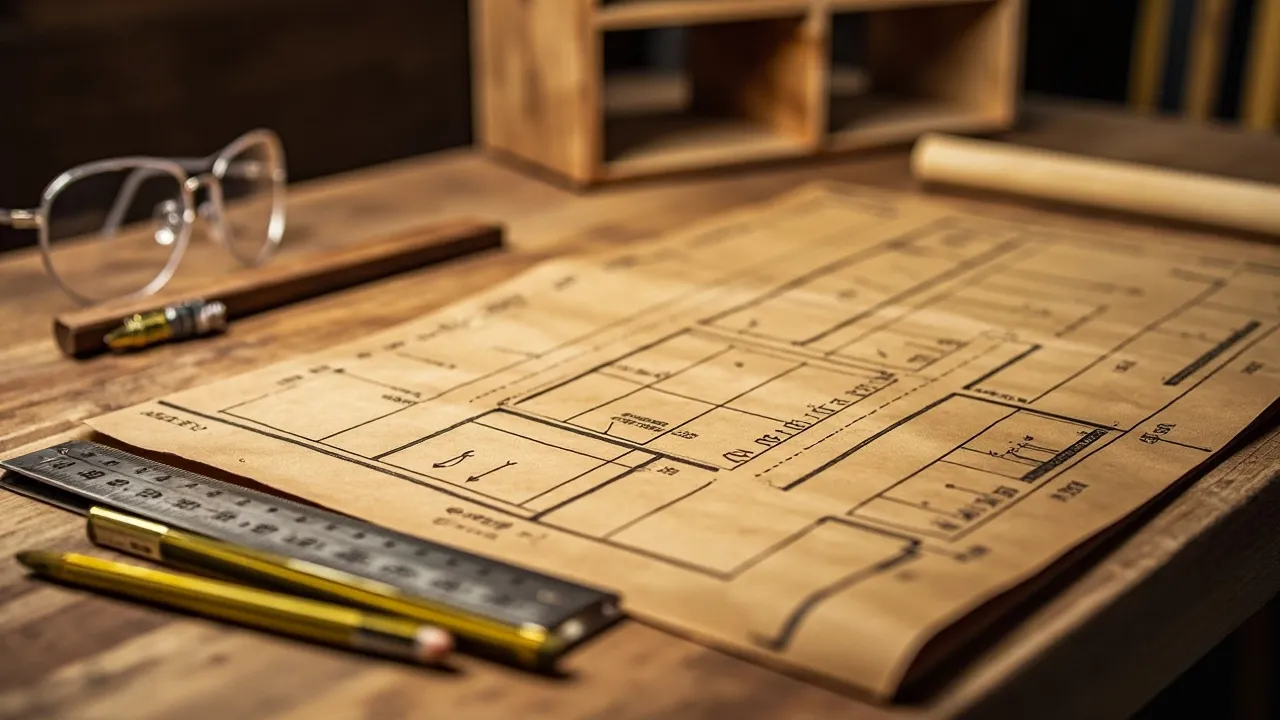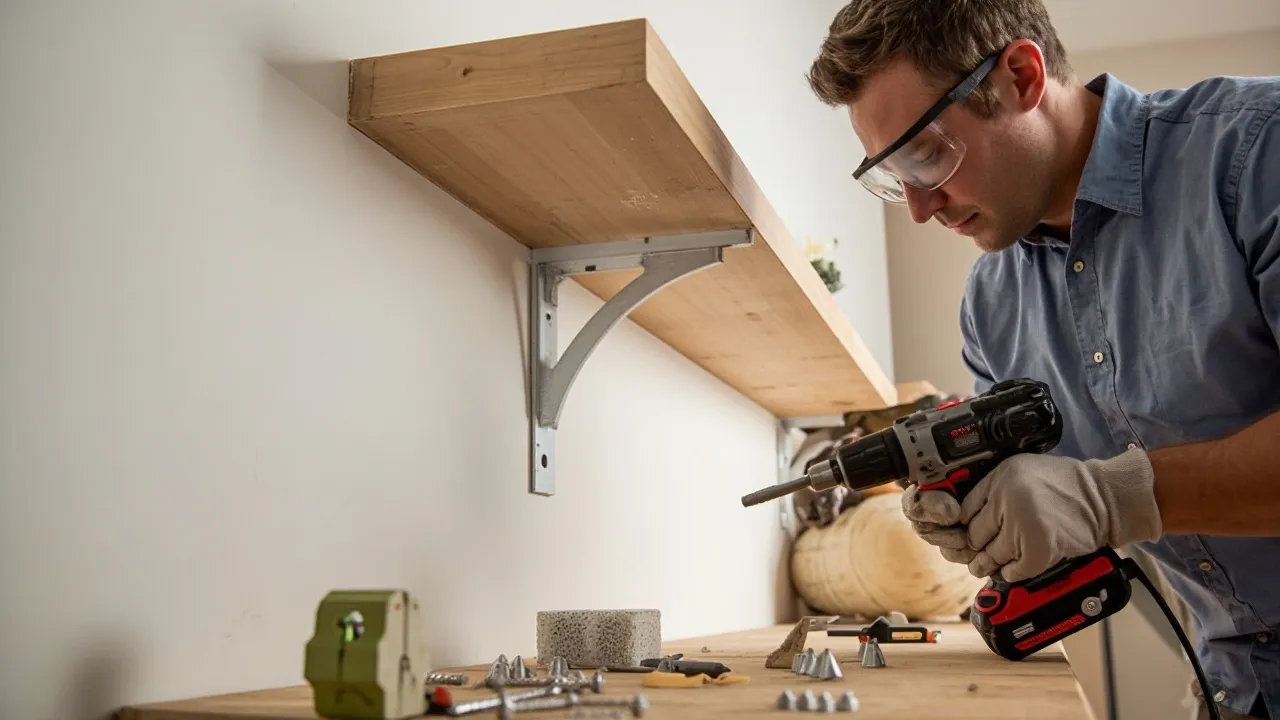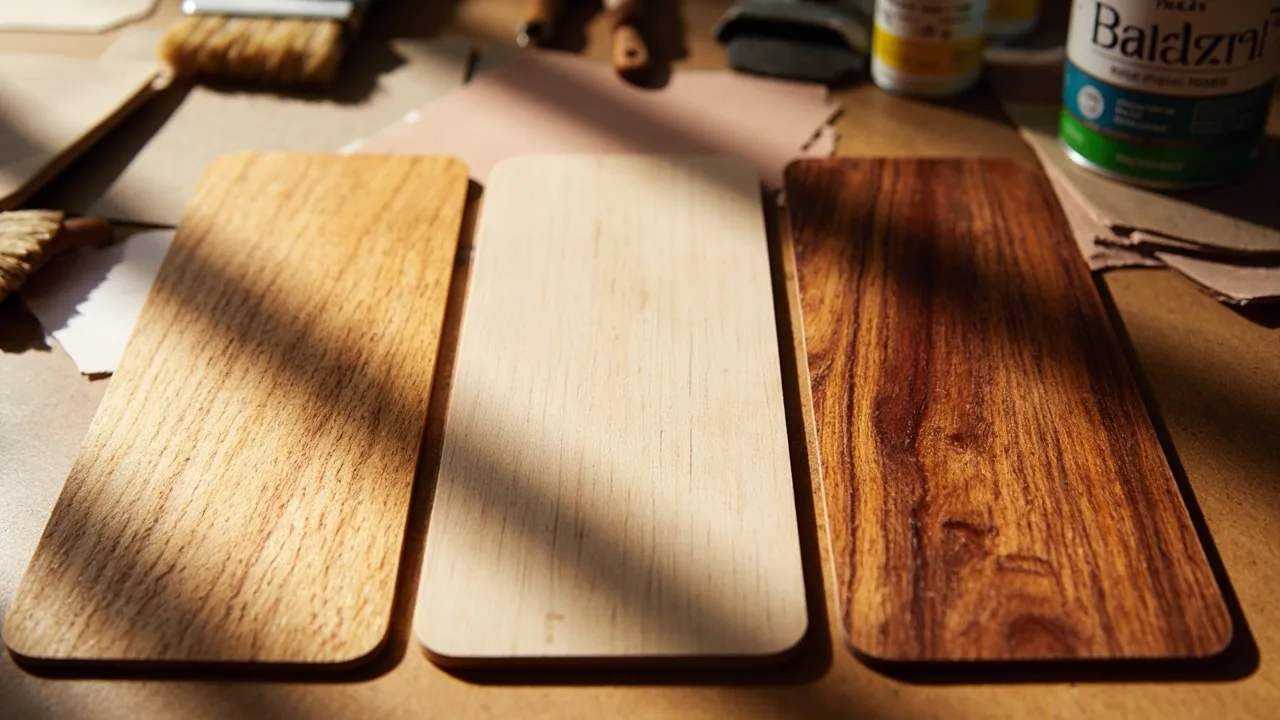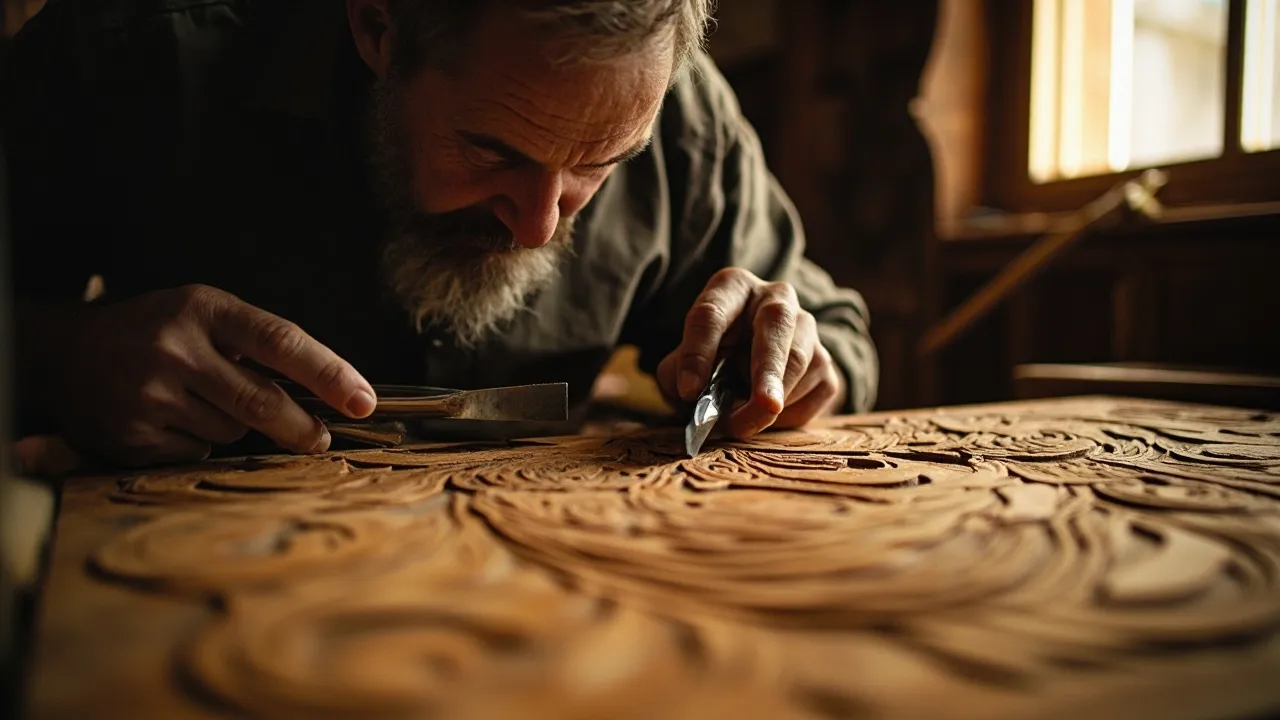Woodworking transforms raw lumber into functional art, but that first encounter with technical drawings can feel like deciphering ancient hieroglyphics. I’ll never forget my early struggles with how to understand woodworking blueprints – staring blankly at what looked like an abstract spiderweb of lines and numbers. Whether you’re in arid Arizona battling wood shrinkage or humid Louisiana fighting warp, this guide will demystify every symbol and measurement. Let’s turn blueprint confusion into workshop confidence.
Table of Contents
What Are Woodworking Blueprints and Why Are They Essential?

The Blueprint Breakdown
Woodworking blueprints (also called plans or diagrams) serve three critical functions:
- Visual Roadmap: Like an IKEA manual but more detailed, they show every component’s shape and position. A study from the Woodworking Association reveals proper blueprint reading reduces material waste by 37%.
- Precision Guide: The average furniture project contains 42 individual measurements. Blueprints standardize these so your table legs match perfectly.
- Problem Prevention: They highlight potential trouble spots – like where to reinforce joints in earthquake-prone California or use moisture-resistant woods in Florida’s climate.
Real-World Applications
When learning how to understand woodworking blueprints, consider these scenarios:
- Texas Heat: A porch swing blueprint specifies cedar (naturally rot-resistant) over pine
- Midwest Winters: Bookshelf plans call for 1/8″ expansion gaps for wood movement
- Coastal Areas: Outdoor furniture diagrams emphasize stainless steel hardware
Pro Tip: Home Depot’s free project plans include climate notes for different regions.
How to Read Woodworking Blueprints: The Master System
1. Decoding the Title Block (Your Starting Point)
The title block contains more than just the project name. It’s your blueprint GPS:
- Scale Notation: “1:4″ means every 1/4″ on paper equals 1” in reality
- Material List: Often specifies regional alternatives (e.g., cypress instead of oak in humid zones)
- Revision History: Crucial for catching updates – a 2023 study found 28% of plan errors stem from using outdated versions
Example: A Philadelphia cabinet blueprint might specify “Baltic birch plywood available at local Woodcraft stores.”
2. Understanding Views: More Than Meets the Eye

Modern blueprints typically include:
Front View:
- Shows primary design elements
- Indicates visible joinery (dovetails, mortise-and-tenon)
- Displays grain direction recommendations
Side View:
- Reveals structural supports
- Shows thickness relationships
- May include climate-specific notes (e.g., “Allow 1/16″ gap for seasonal expansion in Minnesota”)
Top View:
- Illustrates layout patterns
- Shows hardware placement
- Often includes cutting diagrams to minimize waste
3. Symbol Dictionary: The Blueprint Rosetta Stone
Master these common symbols when learning how to understand woodworking blueprints:
| Symbol | Meaning | Regional Consideration |
|---|---|---|
| ◇ | Grain Direction | Critical for outdoor projects in wet climates |
| ⊗ | Screw Location | May specify weatherproof fasteners in coastal areas |
| ⬡ | Hardware Type | Often indicates local supplier options |
4. Measurement Mastery
Dimensions tell the story:
- Bold Numbers: Critical measurements (never deviate)
- Parentheses: Reference dimensions (can adjust proportionally)
- Tolerances: “+/- 1/64″” indicates precision needed
Regional Tip: In dry climates like Nevada, many woodworkers add 0.5% to measurements to account for shrinkage.
5. Note Translation
These golden nuggets often get overlooked:
- Finish Specifications: “Use marine varnish in high-humidity areas”
- Alternative Joinery: “Pocket screws acceptable in non-structural applications”
- Local Supplier Tips: “Available at Lowe’s as SKU #45678”
Practical Blueprint Reading Techniques

The 4-Step Process
- Highlight Critical Path: Mark the sequence of construction steps
- Color-Code Views: Use different highlighters for front/side/top
- Create Cut List: Transform dimensions into shopping list
- Annotate Adjustments: Note any personal modifications
Climate-Specific Modifications
When applying how to understand woodworking blueprints in your region:
Humid South:
- Add 1/32″ to joint gaps
- Specify stainless steel fasteners
- Choose vertical grain orientation
Arid Southwest:
- Reduce glue surface area by 15%
- Pre-drill all screw holes
- Use quartersawn lumber
Advanced Blueprint Interpretation
Hidden Clues Professionals Use
- Line Weight: Thicker lines often indicate load-bearing elements
- Shading Patterns: Different materials may be represented uniquely
- Callout Numbers: Reference supplemental instruction sheets
Digital Blueprint Tools
Modern solutions enhance traditional how to understand woodworking blueprints skills:
- Zoom & Measure: Apps like Blueprint Viewer allow digital measurement
- AR Overlays: See 3D projections of plans in your actual workspace
- Material Calculators: Automatically adjust quantities for project size
Common Mistakes and Prevention
The Dirty Dozen Errors
- Ignoring scale indicators (ruins proportions)
- Missing hidden lines (leaves out structural elements)
- Overlooking finish notes (causes premature wear)
- Skipping revision history (uses outdated methods)
- Misreading tolerances (creates fitting issues)
- Confusing view perspectives (assemblies won’t align)
- Neglecting material specs (affects structural integrity)
- Disregarding grain direction (weakens finished piece)
- Overcomplicating adjustments (introduces new errors)
- Rushing the read-through (misses critical details)
- Ignoring local climate notes (reduces longevity)
- Forgetting to check both metric and imperial (causes measurement chaos)
Blueprint Reading FAQs
Q: How long does it take to become proficient at reading woodworking blueprints?
A: Most beginners need 3-5 projects to feel comfortable. Try these progression steps:
- Simple shelf (1-2 components)
- Basic table (4-5 components)
- Cabinet with doors (10+ components)
Q: Can I modify blueprints for my skill level?
A: Absolutely! Common beginner adaptations:
- Replace complex dovetails with pocket screws
- Use pre-dimensioned lumber from Home Depot
- Eliminate decorative elements that require advanced tools
Q: Where’s the best place to practice blueprint reading?
A: Local makerspaces often have:
- Sample blueprints to study
- Mentors who can explain details
- Workshops specifically on plan reading
Q: How do I know if a blueprint is high quality?
A: Look for these markers:
- Clear revision dates
- Complete materials list
- Multiple view angles
- Detailed cut diagrams
Q: What’s the biggest secret to mastering blueprints?
A: Build the same project twice – the second time you’ll notice details you completely missed initially.
Key Takeaways for Blueprint Mastery
- Start Small: Practice with simple projects before tackling complex furniture
- Triple-Check Measurements: The #1 cause of project failures
- Climate Matters: Adjust for your local weather conditions
- Symbols Are Key: Learn the most common 15-20 symbols
- Digital Tools Help: Use apps to magnify and measure tricky details
Remember: Every master woodworker once struggled with how to understand woodworking blueprints. Your breakthrough moment is coming. Now grab those plans, some lumber, and let’s turn drawings into reality!







